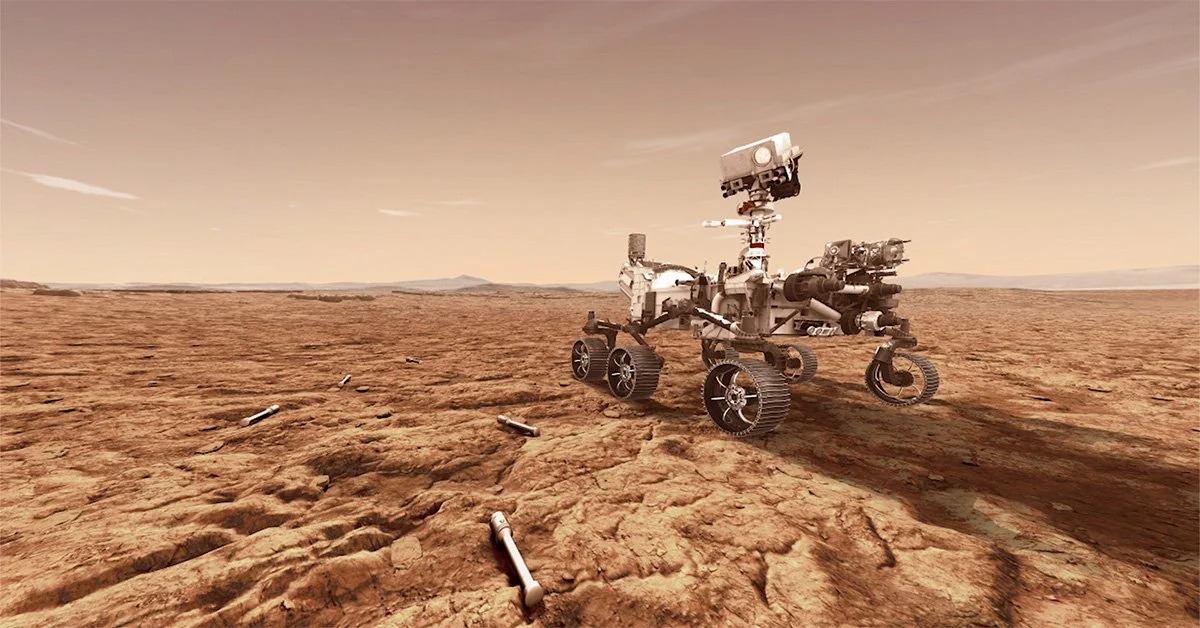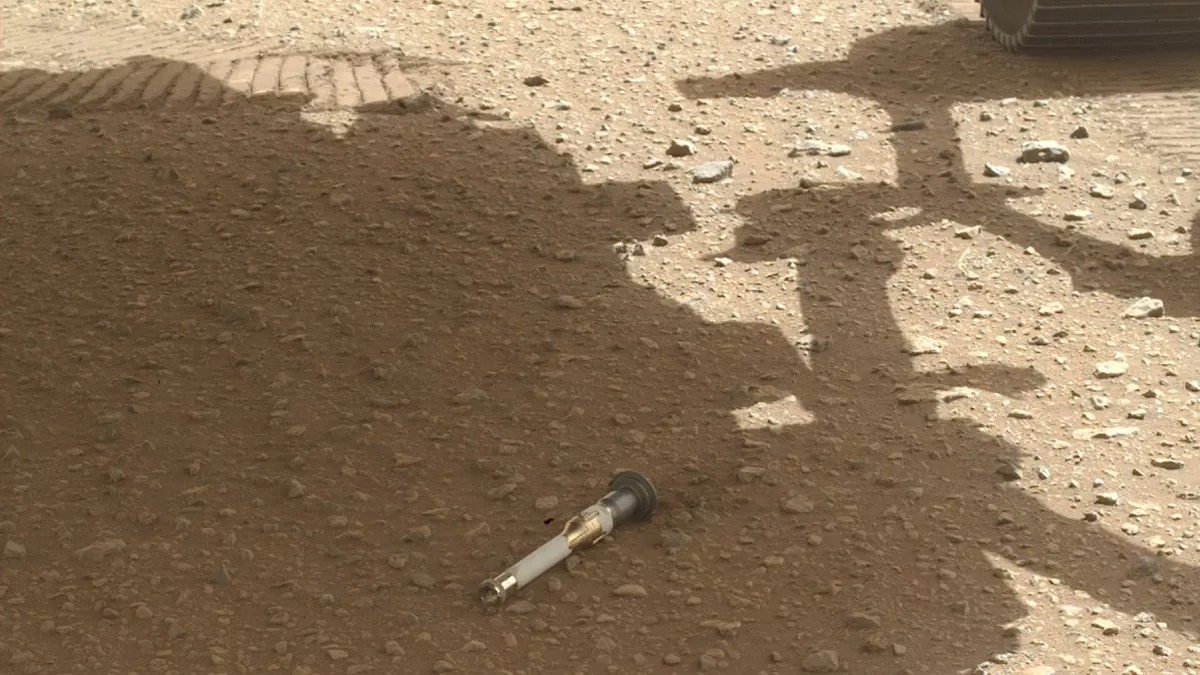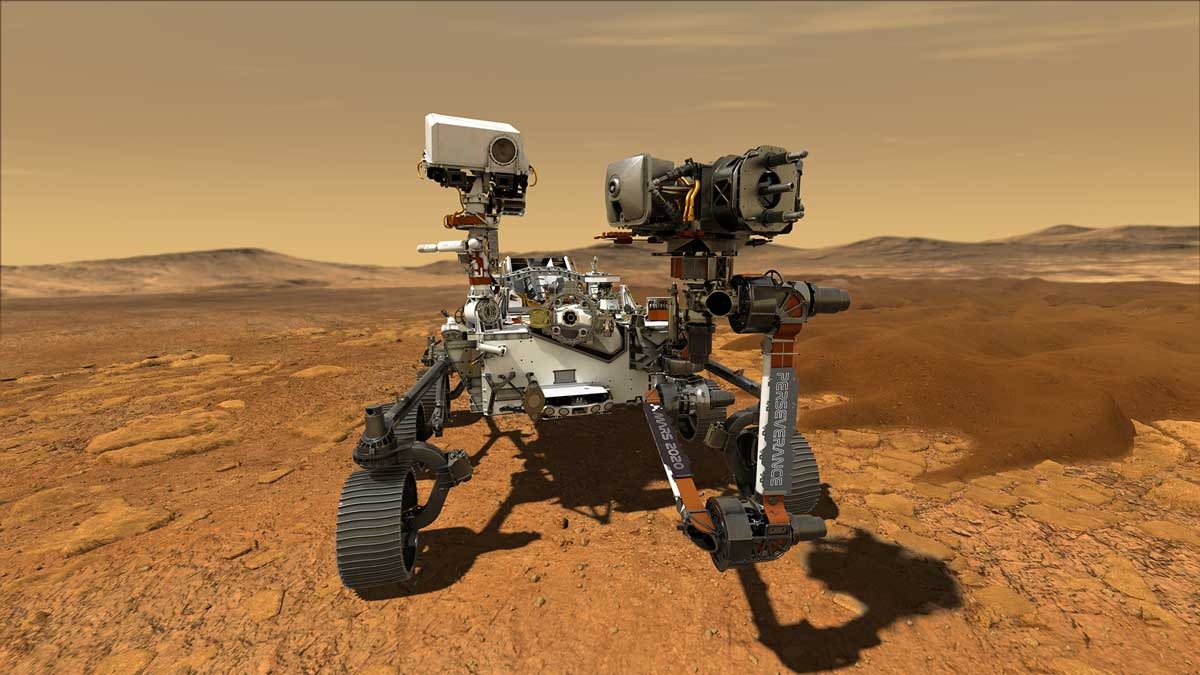The NASA Perseverance rover dropped the fourth container with samples in the Jezero crater. This means that the first backup sample storage is already 40% full. Perseverance, which landed on the Red Planet in February 2021, would place a total of ten samples at a place called Three Forks, located in the delta of an ancient dried-up river at the bottom of a 45-kilometer-wide crater.

“Sample Depot: 40% complete!” – this is how the rover team noted on the NASA Perseverance Twitter account on Wednesday, January 4.
????????????????⚪⚪⚪⚪⚪⚪
Sample Depot: 40% complete!Another successful tube drop adds to my growing collection here at the “Three Forks” location. Four of the 10 tubes I’m leaving here as a backup set are down. More on my samples: https://t.co/SuSfqeBI37 pic.twitter.com/UNjgtqSFh2
— NASA’s Perseverance Mars Rover (@NASAPersevere) January 4, 2023
Perseverance will leave 43 titanium cylinders 15.2 cm long on Mars, 38 of which will be filled with samples of Martian dust, soil and rocks. Five other tubes will be control tubes to measure the purity of the sampling system, NASA said in a statement.
Backup storage
Perseverance collects two samples from each target rock, storing one of them inside, and leaving the other in a cache in Three Forks, which is intended as a “backup”. The main goal is for the rover itself to deliver samples to the NASA lander, which will arrive on Mars as part of the Mars Sample Return mission to deliver them to Earth. A backup storage is created in case something happens to Perseverance and it will not be able to reach the descent vehicle. Then helicopters will be useful, which will fly to the storage with samples and will deliver them independently to the vehicle for return.

Perseverance dropped its first sample at Three Forks on December 21. The whole operation was much more complicated technically than it might seem at first glance. For example, the ground control team had to make sure that the sample pipes were in the correct position and did not roll under the wheels of the rover.
How to find valuable samples?
Scientists are not worried that Martian dust storms may completely bury valuable cargo under a layer of sand over the next decade. Even if so much dust accumulates on the containers that they won’t be visible, Perseverance recorded their exact location so that they can then be found without problems.

NASA scientists are interested in samples from places where microbial life could potentially have been billions of years ago. They hope that traces of these bacteria can still be found in the collected material. NASA and ESA will work together to collect Perseverance samples and deliver them to Earth for detailed study, possibly as early as 2033.
Earlier we reported how Perseverance had a problem with collecting samples.
Follow us on Twitter to get the most interesting space news in time
https://twitter.com/ust_magazine

